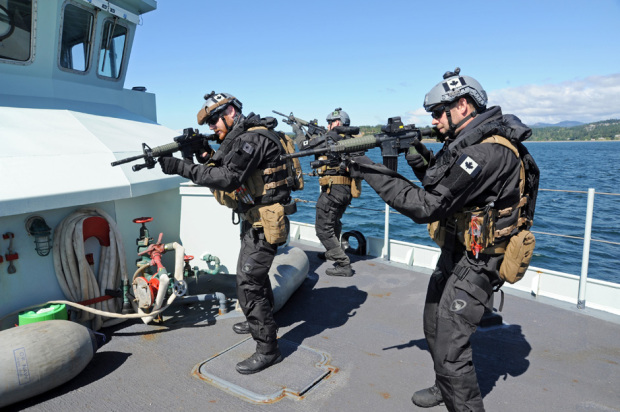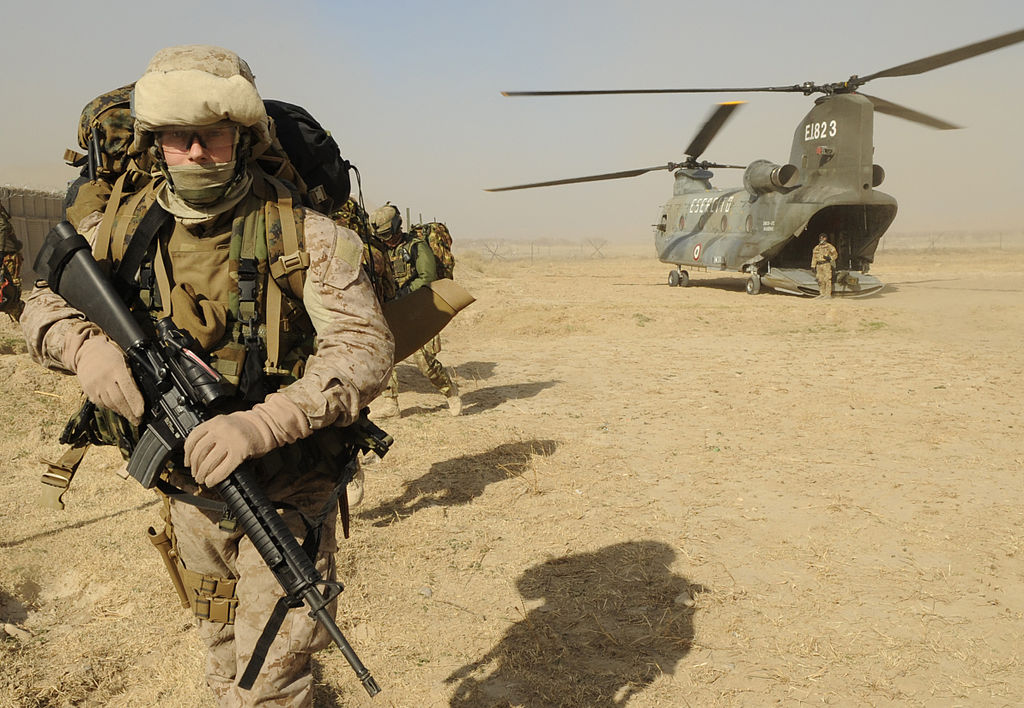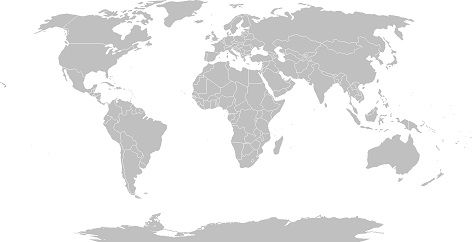For years, defence critics and media commentators have argued for the Canadian Armed Forces to establish marine units, troops specializing in amphibious operations, beach assaults, and boarding actions. The Canada First Defence Strategy (CFDS), which was issued in 2006 and which continues to provide a framework for Canadian defence procurement and planning, also calls for the establishment of a ‘Marine Commando Regiment’ (MCR) to be comprised of approximately 250 troops, trained to a level similar to the Canadian Special Operations Regiment (CSOR), and headquartered in Comox, British Columbia.
Although it does not seem likely the MCR will be realized quite how it was originally envisioned in the CFDS, Canada finally has a marine force of its own – the Maritime Tactical Operations Group (MTOG). Still in its infancy, 10 Royal Canadian Navy (RCN) sailors completed training and became MTOG members in 2014, and the aim is to expand to 85-100 members over the next few years. Currently, when a suspicious vessel is intercepted by the RCN, boarding parties consist of volunteers from the ship’s regular crew. Although trained on how to board a vessel and operate small arms, these duties are only secondary for the sailors who find themselves confronting pirates and narcotics traffickers at sea. This has resulted in some unfortunate incidents, such as a failed boarding action in 1995 when RCN and Canadian Coast Guard personnel attempted to intercept the Spanish fishing trawler Estai, which had been illegally fishing in the Grand Banks of Newfoundland. Although the vessel was eventually stopped and its crew arrested, the evasive manoeuvres taken by the Estai endangered the lives of the Canadian sailors on the initial attempt to come aboard.
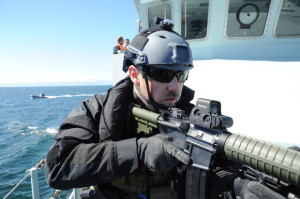
The MTOG will professionalize boarding, creating teams whose sole duty will be to board vessels where there is a particularly high risk of violent confrontation. This means that sailors will still be called upon to form boarding parties for those vessels where there is less reason for concern. It also means that the MTOG will not fulfill other roles normally associated with a marine force – specifically beach assaults and amphibious operations.
Incidentally, the formation of the MTOG should not lead to any confusion that the RCN will seek to obtain either of the Mistral-class amphibious assault ships originally produced by DCNS in France for the Russian Federation, but which now remain without a buyer following sanctions imposed for Russia’s illegal annexation of Ukrainian territory in Crimea. Though some have speculated that Canada might be interested in acquiring the vessels, the continued lack of a force specifically trained in amphibious operations would make the Mistral-class a bad fit for the Canadian Armed Forces.
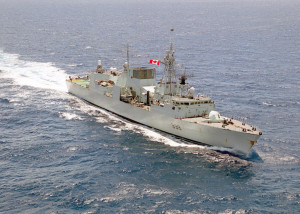
The advent of the MTOG is a welcome change for the Canadian Army as well. In multilateral exercises, Canadian Army units have had to adapt – albeit with some difficulty – to the role of marine infantry. Since 2008, elements of Princess Patricia’s Canadian Light Infantry (PPCLI) have operated alongside marine troops from such countries as the United States of America and Japan during the annual Rim of the Pacific Exercise (RIMPAC). In 2006, elements of the Royal 22e Régiment participated in the Integrated Tactical Effects Experiment (ITEE), a three-week training exercise hosted by the United States Marine Corps that entailed a significant marine infantry component alien to the Canadian troops.
The MTOG has already begun to fulfill its role. In June 2015, the Halifax-class frigate HMCS Winnipeg deployed to the Caribbean with a 10-sailor MTOG team aboard. While there, it will take part in Operation Caribbe, Canada’s commitment to fighting transnational organized crime and narcotics trafficking in the region. After three weeks of patrols, HMCS Winnipeg will then join Operation Reassurance, Canada’s contribution to the NATO Standing Maritime Forces and NATO’s assurance measures in Central and Eastern Europe. HMCS Winnipeg will specifically be tasked with patrolling the Mediterranean Sea to deter or detect potential terrorist activity, as well as making itself available for deployment to the Black Sea if needed.
Though the Operation Reassurance component of the voyage will likely see the MTOG training with similar marine units from European countries, the MTOG might see its first boarding actions in the Caribbean. In April 2015, the Kingston-class coastal defence vessel HMCS Whitehorse intercepted more than 5,200 kilograms of cocaine off the coast of Costa Rica as part of Operation Caribbe. Thanks to the professionalization of Canada’s boarding parties, future interdictions can be conducted even more safely for the RCN and for the crews of those vessels being boarded.

